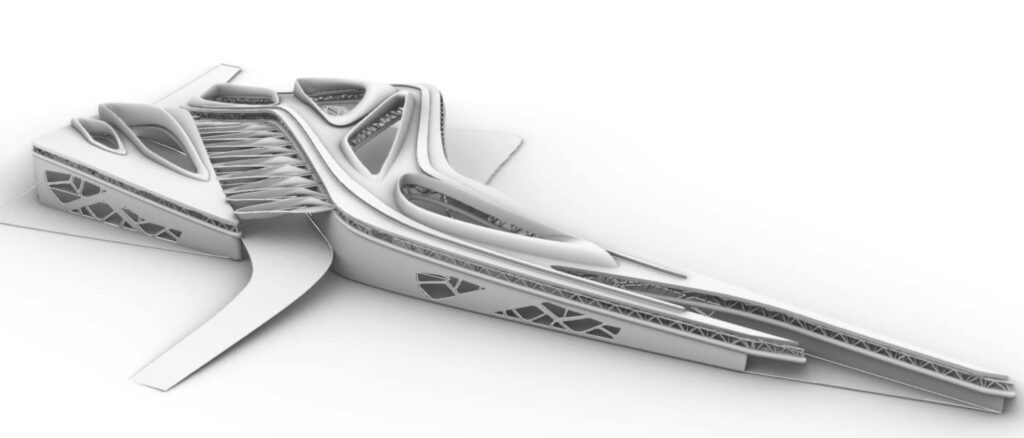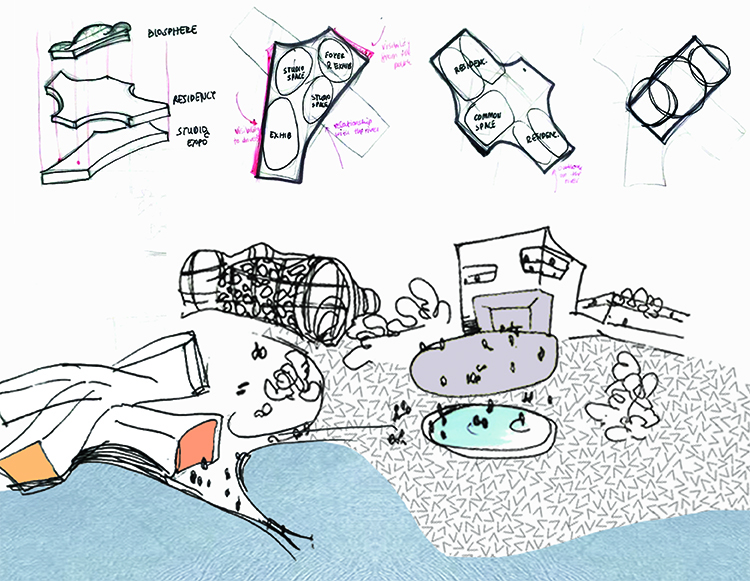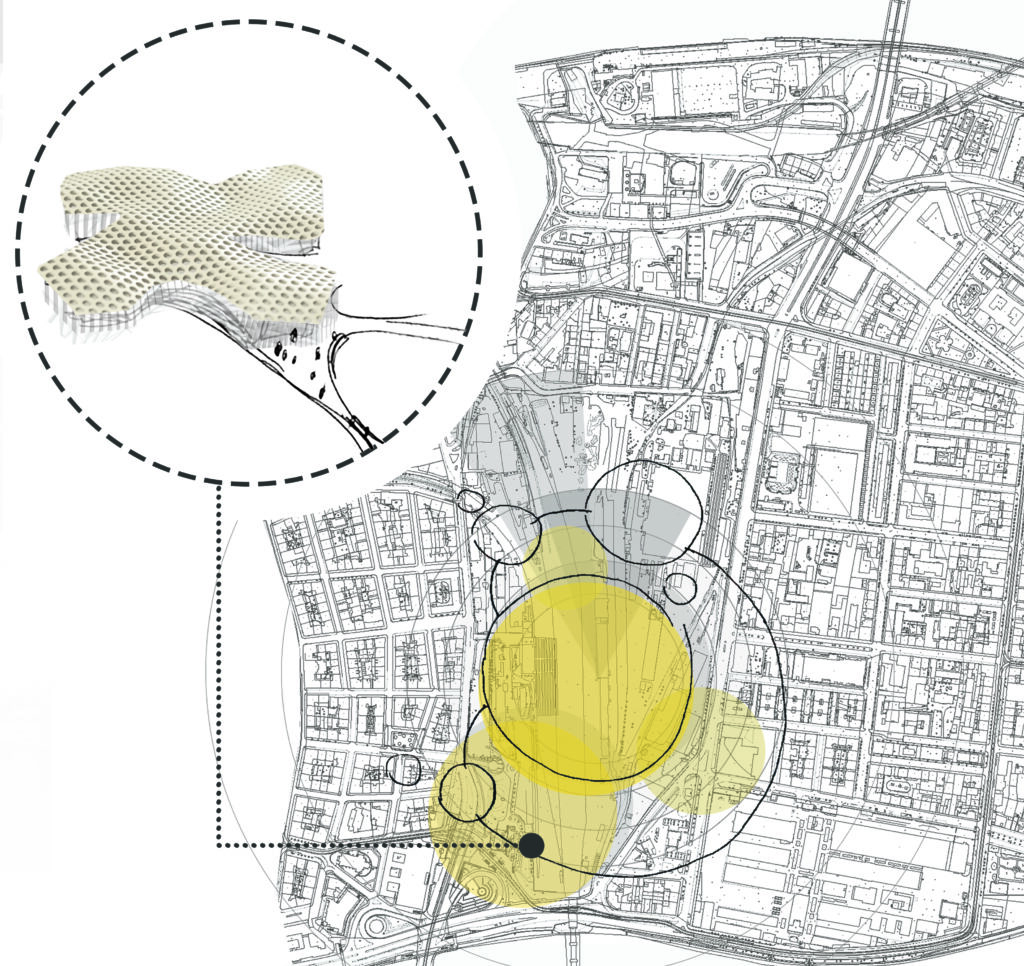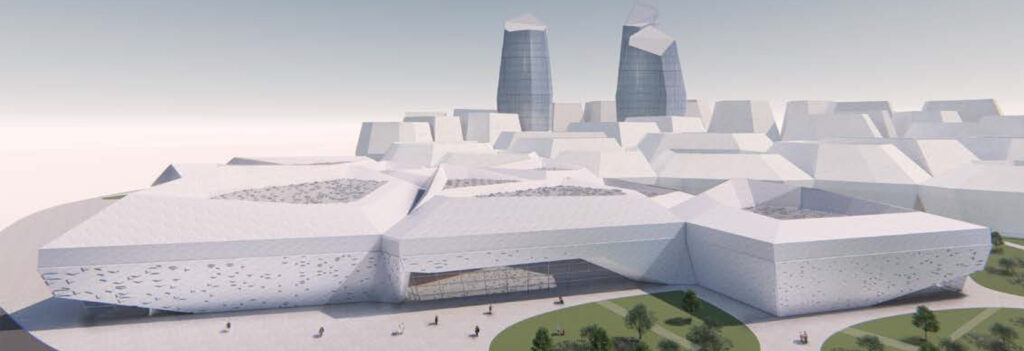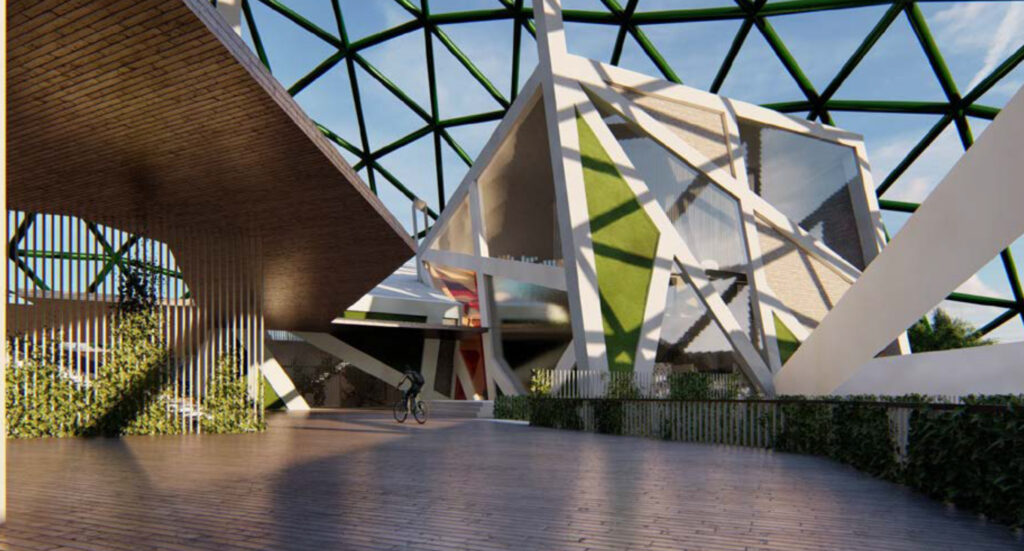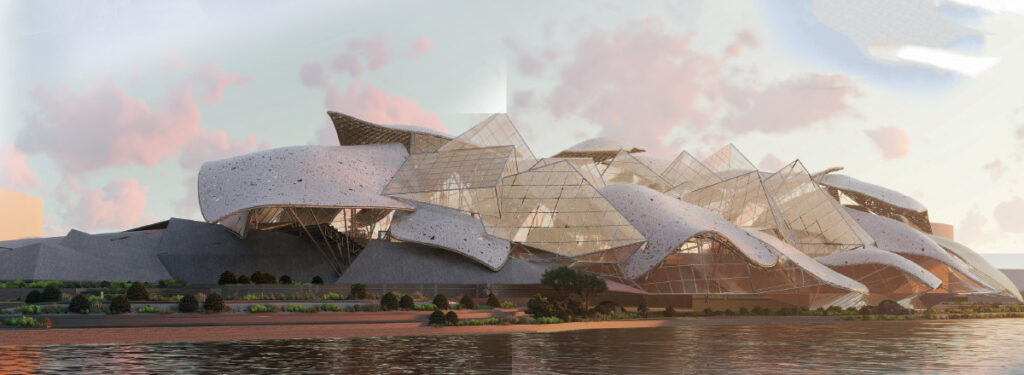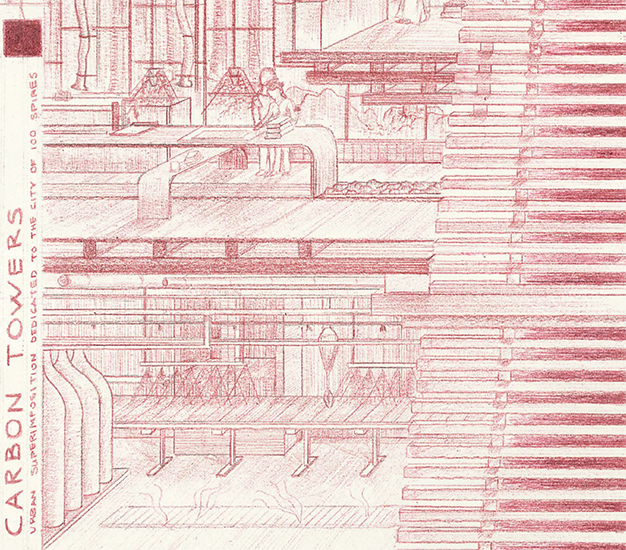Prague is on the cusp of change. Citizens, designers and planners are dissatisfied with the status quo, and urban transformation is being contemplated. Through the recent efforts of two new design activist organizations: ReSITE and UrbanACT, many urban mobility, infrastructural and open space deficiencies throughout the city are for the first time, being identified and discussed in a series of public fora. We have been invited to participate in this exciting urban revisioning movement.
“There is very little focus or demand from municipality leaders on quality design and development of public space in the Czech Republic. Here, landscape architects aren’t even integrated on design teams for public projects – and public space and sustainable mobility are often seen as frivolous or not necessary to the well-being of the city.”
ReSITE’s founder and director
Martin Joseph Barry.
“The biggest problem is a lack of long-term strategies and overall concepts. The city plan itself is too technical, formal and complicated – based rather on formal use of sites and economic issues than on expected image and character of the city.” “There are some projects – small or huge, good or bad – but a strong vision, familiar to and supported by the general public is missing.”
Regina Loukotová — co-organizer of ReSITE
“A lot of places [in Prague] aren’t being used to their full potential, and we want to show that you don’t need large funding to make a quality urban environment, it’s about the attitude of the people — the city’s elemental component.”
Marek Prokûpek, one of UrbanACT’s co-founders.
The studio formed an interdisciplinary and international team of designers and planners selected from the Bilkent University and the Architectural Institute of Prague (ARCHIP), in the Czech Republic. The team collaboratively
generated, explored and synthesized alternative urban and site-specific concepts that address the creation of a sustainable and livable urban fabric. As proposed by our colleagues at ARCHIP, the project focused on the redevelopment of the
abandoned railyards and post-industrial waterfront of the Bubny district of Prague. The site’s importance as a potential catalyst in the reimaging of Prague’s urban fabric, its economic potential, sheer scale, and proximity to the river suggests vast potential, both in terms of the scale of and variety of design and planning interventions possible.
Studio: ARCH 402 Spring 2019
Instructor(s): Mark Paul Frederickson, Segah Sak, Jesus Espinoza Alvarez, Meral Özdengiz Başak

